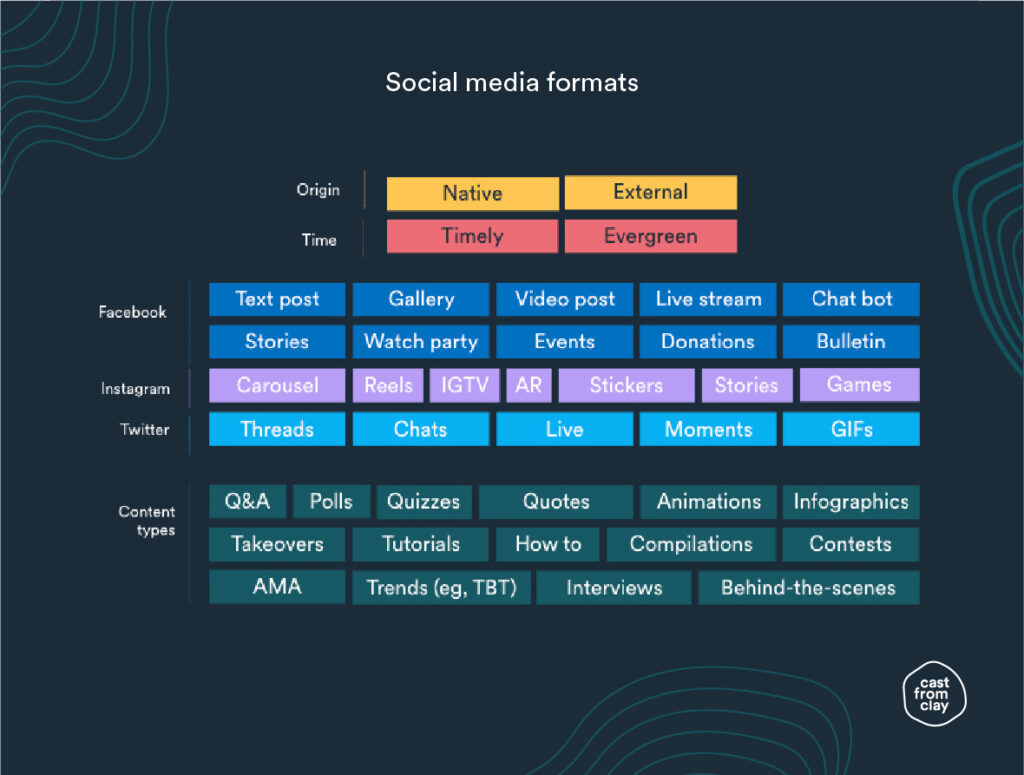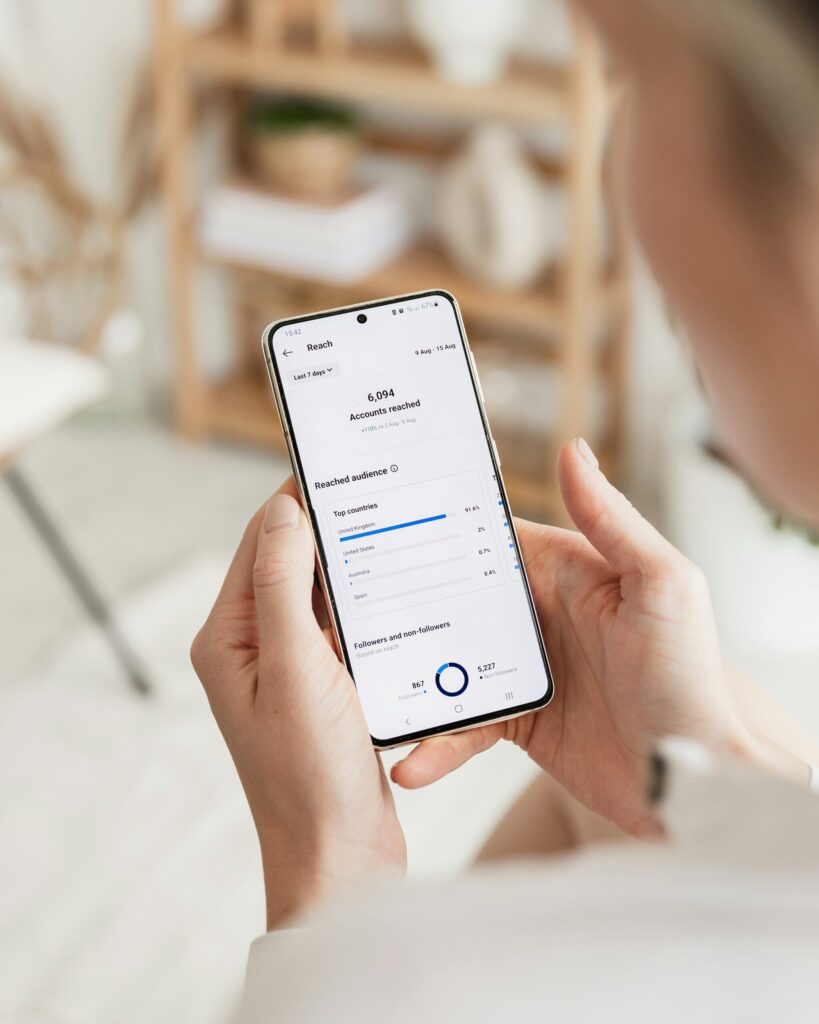Organic reach has been declining for the past few years. But there is still a lot you can do to improve your content performance before resorting to paid social.
This article covers how to strike a balance between your efforts and your outcomes to ensure that your research gets the attention it reserves.
Rule #1. Know your channels
Most policy organisations have a range of social media channels but many don’t have separate strategies. If you want your organic content to perform well, create a game plan.
Having one document that explains your approach will allow you to keep your channels consistent even if you have a turnaround of content managers. It will provide you with an actionable plan for your communications strategy and a framework for content production.
The questions you need to answer in your content strategy: What is the purpose of this channel? Who is the audience? What tone of voice and visual language is most suitable for talking to them? What KPIs and metrics should you measure to track your impact?
Rule #2. Experiment with formats
Shifting modes and changing gears is a good way to hold your audience’s attention. The only limit is your imagination. Fortunately, a variety of formats is available to give your research a longer life.

There is no magic formula on how much you should post. Our advice is: do not prioritise quantity over quality but post enough to keep the conversation going.
Tip: Don’t link, create native.
Many organisations resort to the format of article link plus preview, but such posts are often downgraded in people’s feeds. This is, however, an opportunity to set priorities: is it more important that people visit your website or engage with your ideas?
Rule #3. Always tell a story
We encourage thinktankers and researchers to apply a storytelling approach to their communications (read our The Think Tank Storytelling Series). But how do you apply storytelling to your everyday content?
Firstly, remember that behind any fact or issue is a real person whose life is in some way affected by it.
And secondly, don’t forget that there is another person on the other side of your social media post.
The goal of your piece of content should be to build the emotional connection between the two.

Rule #4. It’s okay to be human
The pursuit of the ‘non-partisan’ (aka ‘independent’, ‘neutral’, ‘objective’, ‘unbiased’) label by many thinktankers and policy organisations takes a heavy toll on their communications. Social media posts can often come across as detached.
Social media followers appreciate human interaction, and even more so since COVID-19 has shaken our social lives. Many brands have changed their communications strategy in response.
How to humanise your brand
There are many ways to humanise your communications without compromising the seriousness of your organisation:
- Think about your brand personality and how to convey it with your language and visuals.
- Don’t be afraid to respond to your audience.
- Acknowledge issues or mistakes: when we talk about making an organisation more human, this includes all human qualities.
- Make your staff your brand ambassadors: organisations are made of people and tapping into their networks can help you increase reach and build trust.
- Show not only what you do but how you do it: go behind the scenes and share in-moment inspirations.
- If possible, share something positive or humorous, as it always gets a good response.
Tip: Think beyond a single post.
Avoid focusing too much on individual posts. Think about them within the context of your broader brand objectives and campaigns. This will allow you to see a bigger picture and not get discouraged by the performance of individual posts.
Rule #5. Reduce, reuse, recycle.
Always a good strategy.

Communication today is about grabbing micro-moments of attention and finding the right time to make the biggest impact. So try keeping your messages short and easy to engage with [#reduce].
If you produced an expensive and beautiful video that didn’t get enough attention, don’t rush to archive it. Schedule it again to give people another chance to see it [#reuse].
Or try disassembling it and reworking it, into, for example, an Instagram story or a GIF. The beauty of evergreen content is that it doesn’t always have to be something new [#recycle].
Rule #6. Engage partners and influencers
One of the most effective ways to increase your organic reach is to collaborate with partners and leverage your stakeholders.
This collaboration can take many forms, from co-running campaigns to organising events and contests.
It’s also a good idea to keep your partners in mind when planning your content. This means creating toolkits that can be reused or reaching out to them once your content is published. The key is to make it as easy for them as possible.
Work with influencers
Work with people who have access to the audience you need.
Reach out to political or non-political influencers in your field. You might be surprised to discover that many of them would be interested in collaborating and it will not cost you anything.
A great example from OECD-Greece proves that it can be a very effective way to promote your campaign.
Organic content is about telling your brand story and building relationships with your audience. The six steps above are a great place to start.
Image credit: Georgia de Lotz on Unsplash.





